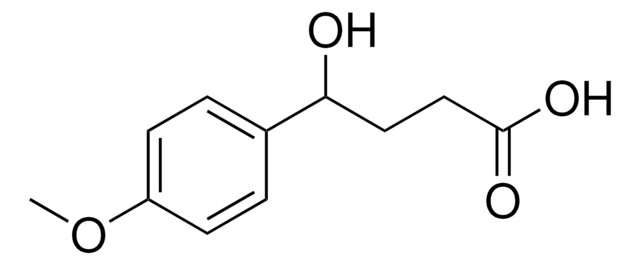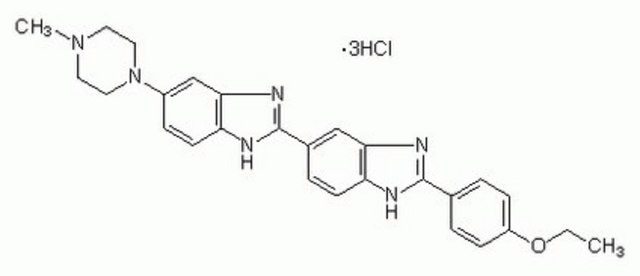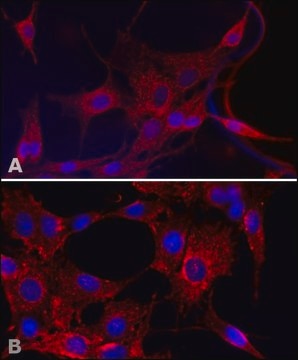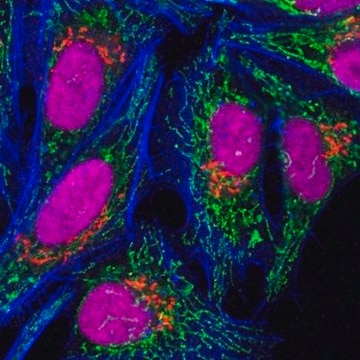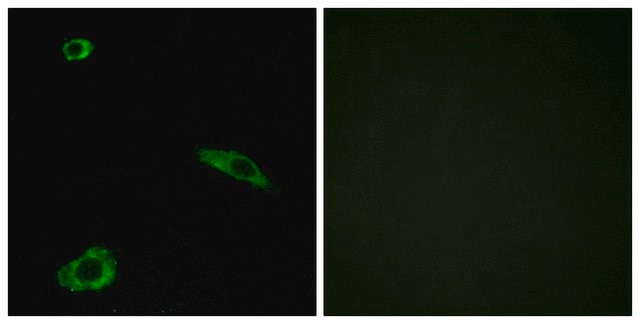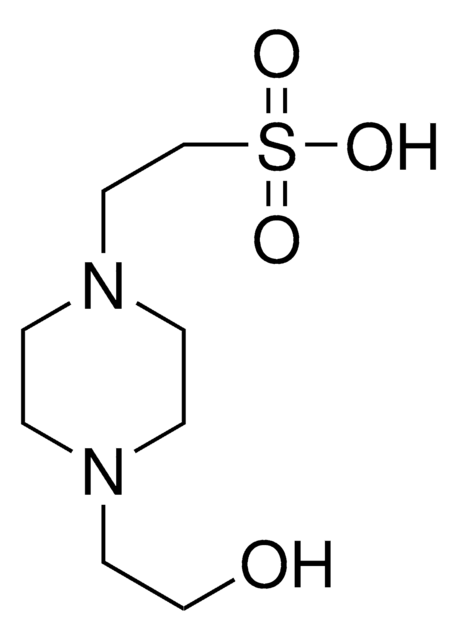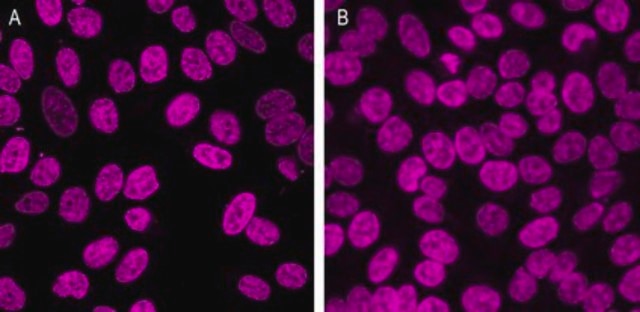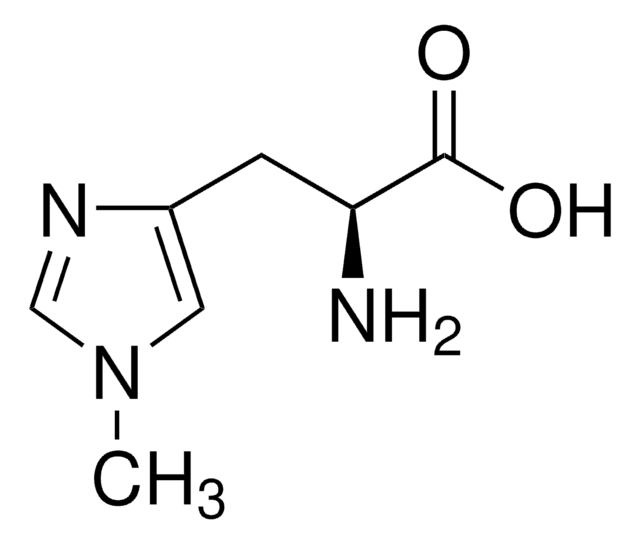MAB4081
Anti-MnSOD Antibody, clone MnS-1
clone MnS-1, Chemicon®, from mouse
Synonym(s):
MnSOD
About This Item
Recommended Products
biological source
mouse
Quality Level
antibody form
purified immunoglobulin
antibody product type
primary antibodies
clone
MnS-1, monoclonal
species reactivity
rat, rabbit, human
should not react with
mouse
manufacturer/tradename
Chemicon®
technique(s)
immunocytochemistry: suitable
immunohistochemistry: suitable
western blot: suitable
isotype
IgG1
NCBI accession no.
UniProt accession no.
shipped in
wet ice
target post-translational modification
unmodified
Gene Information
human ... SOD2(6648)
Specificity
Application
Immunocytochemistry on cell smears: 0.5-10 μg/mL.
Western blot: MnS1 antibody will recognize at 25kDa band under reducing conditions; this is the monomer of the MnSOD protein.
Optimal working dilutions must be determined by end user.
Neuroscience
Oxidative Stress
Physical form
Storage and Stability
Other Notes
Legal Information
Disclaimer
Not finding the right product?
Try our Product Selector Tool.
recommended
wgk_germany
WGK 2
flash_point_f
Not applicable
flash_point_c
Not applicable
Certificates of Analysis (COA)
Search for Certificates of Analysis (COA) by entering the products Lot/Batch Number. Lot and Batch Numbers can be found on a product’s label following the words ‘Lot’ or ‘Batch’.
Already Own This Product?
Find documentation for the products that you have recently purchased in the Document Library.
Our team of scientists has experience in all areas of research including Life Science, Material Science, Chemical Synthesis, Chromatography, Analytical and many others.
Contact Technical Service
